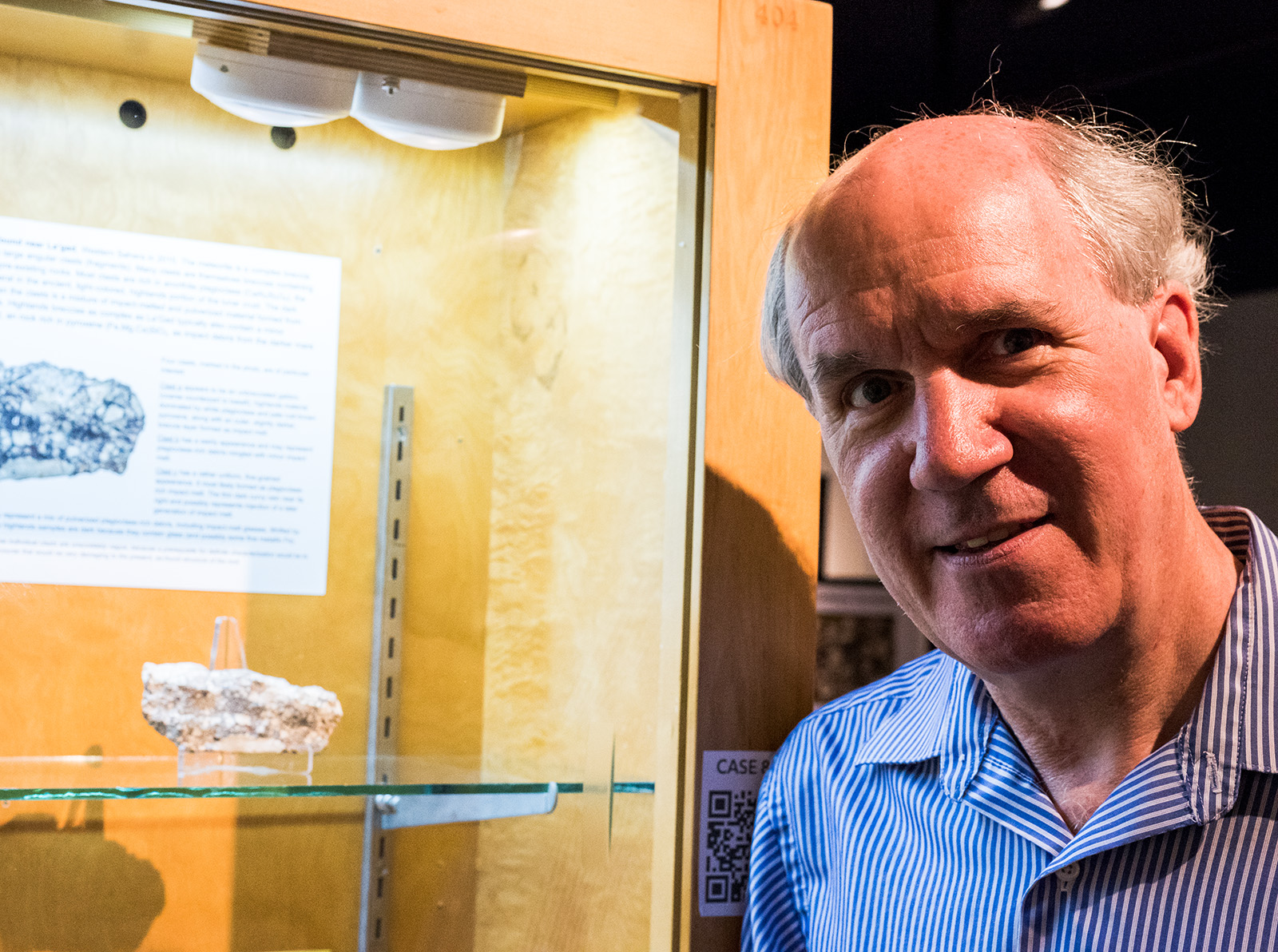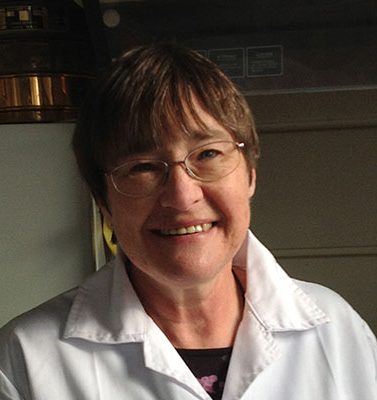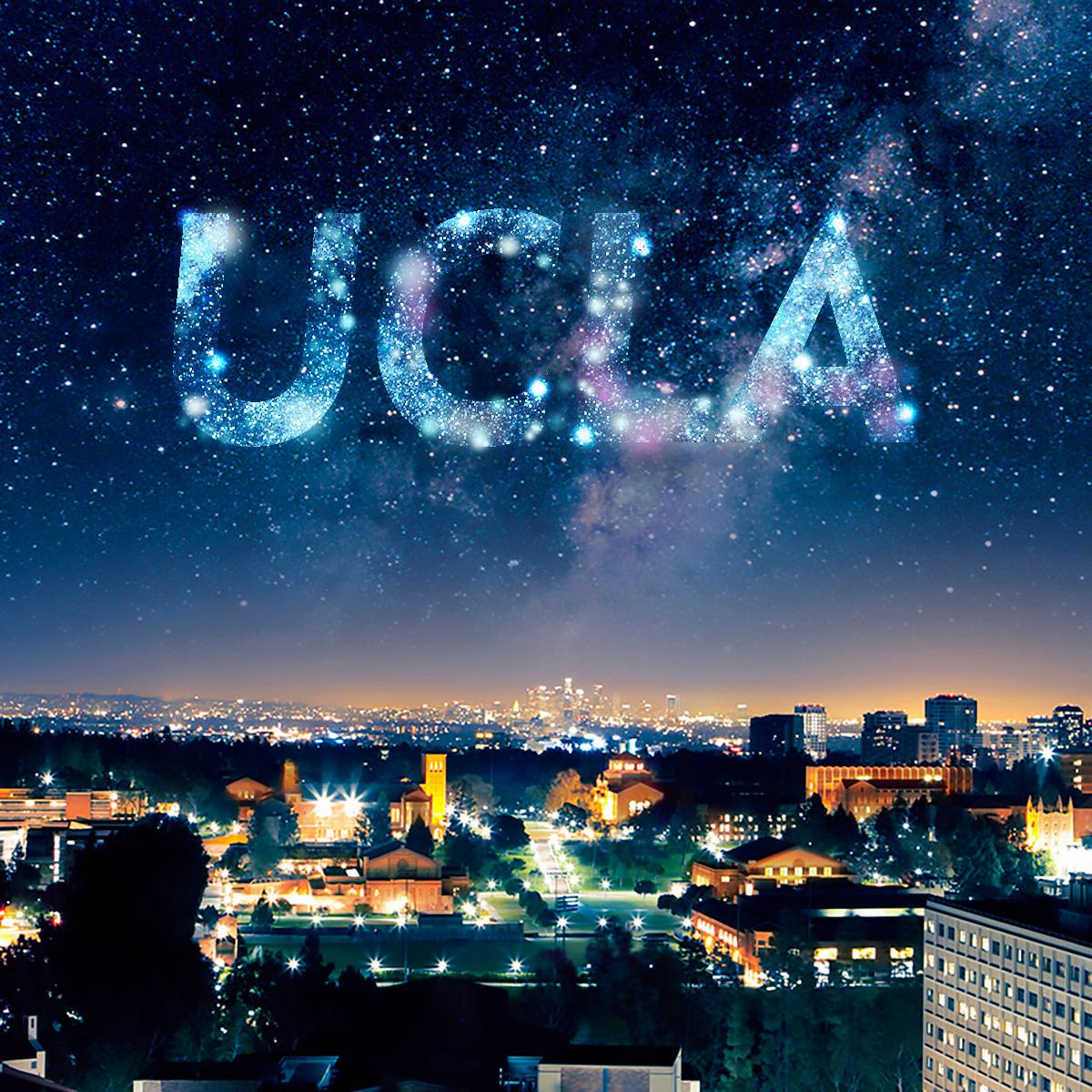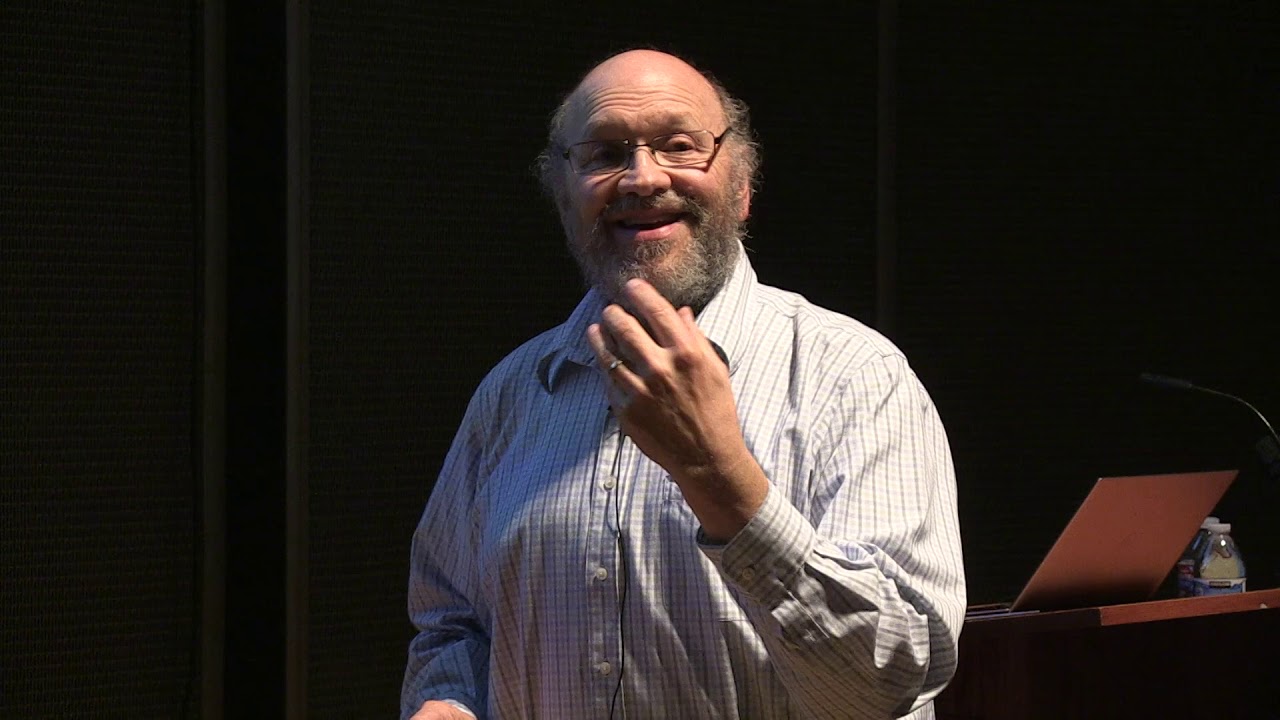Gallery Events
Feb
202022 |
Dr Paul Warren; UCLALunar Samples as Ground Truth for Remote Sensing of the Moon’s SurfaceLocation: https://ucla.zoom.us/meeting/register/tJEqduyupj0vGd3S0_52FsbHTbPjYr0sZQUj Apollo samples and lunar meteorites, analyzed at high precision with laboratory instruments, provide ground truth for remote sensing techniques. For example, the median chemical composition for the global surface, as measured by reflectance, gamma-ray, or X-ray spectroscopy (results from which show wide disparity), should be close to the median for all lunar meteorites. Reflectance-based claims for very pure, 98-99% feldspar, anorthosite as an important near-surface rock type should be matched by roughly commensurate abundance of high-purity anorthosite among lunar meteorites. The reflectance technique has been used to link abundance of feldspar to the magnitude of an iron-in-feldspar absorption band, but Apollo anorthositic rocks show important (factor of 3) diversity in feldspar FeO content. 
|
Jan
162022 |
Dr. Hilary Downes; University College LondonUreilite Meteorites and the History of the Early Solar SystemLocation: https://ucla.zoom.us/meeting/register/tJEqduyupj0vGd3S0_52FsbHTbPjYr0sZQUj Ureilite meteorites, such as those that arrived on Earth via the impact of asteroid 2008 TC3 in Sudan, are thought to be derived from a small planetary body (“planetesimal”) which formed early in Solar System history. The story of the parent body of ureilites reflects the history of accretion, differentiation and impact disruption that were widespread processes around 4.5 billion years ago. The abundant fresh samples provided by asteroid 2008 TC3 are collectively known as “Almahata Sitta”. They provide evidence of how the ureilite planetesimal was formed, how it differentiated into a core, mantle and crust, and how it was disrupted by a major impact while it was still hot, and then re-formed to make a jumble-pile asteroid containing many different rock-types. Reconstructing the history of the parent body of ureilite meteorites is rather like solving a Sherlock Holmes mystery – it is what is missing that is important! 
|
Jan
152022 |
2021 Poetry ContestCongratulations!Location: UCLA Meteorite Gallery
Congratulations to the winners of the 2021 UCLA Meteorite Gallery Poetry Contest! We thank you for your participation and patience as we poured over the wonderful entries. These are truly great pairings of STEM and art. Winner: ”Return to Sender”Steve Desch
We tend to say Earth’s building blocks
Asteroid impacts lack finesse.
The “A” type asteroids we have seen
Though it might seem somewhat strange,
Second Place: A Man Waits for a MeteoriteKyle Webster
On an island in an uncharted sea
There is no way to reach this land
Yet on this island there is a statue
The marble base is sturdy and strong
He does not fear the heat of fire
No one will hear from his mouth
Third Place: THE BALLAD OF METEORITE JOHNRalph Harvey
Way way far south where sheets of ice shrink mountains into molehills,
And the moral of the story for you, listener, so patient,
Honorable Mention: 'She checked that the CCAM line was not the TFL'James Salmon
She was a meteoriticist; and that is more than any physicist.
Her name should be in lights!
Other ContributionsJupiter’s SlaveEva Palmeri
I am Jupiter’s slave
The Particularity of My Cosmic LifeP.J.Boston
Crickets and coyotes are the sounds of the cosmos in my life,
And a burning meteor putting a welder's hole in the black velvet night
InevitableDean Naston
The roar of the double-tailed dragon is heard
AllureJL Silverman
I wasn’t born magnetic, but by the time I became a chip off the old, really, really old block of my parent’s stony iron, something changed. And I felt my magnetism as I soared unfettered, unimpeded. Who could stop me? Who’d dare cross my iron will, even if exhilarated by my unequivocal attraction?
Yet as I pull close to the blue orb before me, I’m ready to cause a sensation. Drifting for so long I no longer remember the place of my birth I draw towards that which is bigger than me. Towards that which grips my curiosity and draws me forward. Warm now and then too warm, I blaze. Stream fiery tails. Desire of hands outstretched in the direction of my glowing glory inspires me and I put on a show.
Ah, my light so bright and so brief for all the time I spent quietly in the dark.
Rip roar from the past to my time now under glass.
Named for mountains which cradled my landing.
Old Woman craggy though I may be, my appeal, my mystery, my riddles to solve,
I coyly smile that you reach for me still.
“Late Bloomer”Steve Desch
Shuffling shyly along the perimeter,
“Getting a HED; or two; or three ”Peter Utas
Getting ahead
Two heads are better than one
Cerberus headlines
|
Jan
32022 |
Happy Holidays!CLOSEDLocation: UCLA Meteorite Gallery
We wish our community a safe and joyful holiday season! The UCLA campus is closed from December 18th until January 2nd and so the gallery will be closed during this time period.

|
Dec
152021 |
Dr. Alan Rubin; UCLAStony-iron Meteorites: An IntroductionLocation: https://www.youtube.com/watch?v=MY4q8H9MbHA
There are two main kinds of stony-irons: pallasites and mesosiderites. Pallasites consist of roughly half metallic Fe-Ni and half magnesian olivine; these rocks were derived from the core-mantle boundaries of differentiated asteroids. Most pallasites belong to the main group (PMG) and are related to HED samples and IIIAB iron meteorites. Five pallasites belong to the Eagle Station (PES) group; these rocks are from differentiated carbonaceous-chondrite-like
asteroids. Their olivine grains are more ferroan than those of PMG (Fa20 vs. Fa12). There are also a few pyroxene pallasites that contain more pyroxene than PMG or PES and have distinct O-isotopic compositions.

|